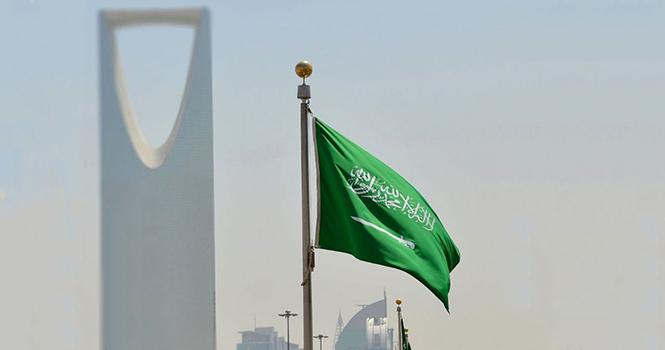
Domestic demand seen to remain key driver of Saudi economy: IMF
The International Monetary Fund (IMF) experts said domestic demand is expected to remain the key driver of Saudi economy, expecting the non-oil growth to reach about 3.5% in 2024, amid a fall in investment growth before rising in 2025 and beyond.
This was attributed to the Public Investment Fund (PIF) and the period preceding the 2027 AFC Asian Cup, 2029 Asian Winter Games, and Riyadh Expo 2030, among other factors, the experts said.
Oil output will likely shrink by 4.6% in 2024, and then rise by 5.1% in 2025, due to extending the oil output cut in 2024 and the expected gradual production recovery to 10 million barrels per day (bpd) in 2025.
In light of such assumptions, the GDP growth rate will rise to around 4.5% in 2025 before stabilizing at 3.5% annually in the medium term.
The inflation rate could remain stable at 1.9% in 2024, supported by pegging the currency to the US dollar, the experts said. They added that the inflationary pressures would be contained through domestic support and the flexibility of expat labor supply, despite expectations of a positive output gap in the medium term.
The external margins of safety remain strong despite the decline in the current account balance. The current account balance is expected to record a deficit in 2024, averaging about 2.3% of GDP between 2026 and 2029, due to a fall in oil export revenues and an increase in investment-related imports.
The international reserves will likely remain strong, with an average 13-month import coverage in the medium term. Foreign assets held by the sovereign wealth fund and other government-related entities provide robust margins of safety.
The recent amendments to financing requirements related to Vision 2030 goals led to a rearrangement of spending priorities through boosting the implementation of some projects and sector strategies, as well as extending the timeline for other projects.
The bank performance indicators are still strong, with the capital adequacy ratio exceeding 20%, higher profitability and liquidity, as well as lower non-performing loans. Despite its recent decline, the growth in bank credit - mainly to the corporate sector - continues to outpace deposit growth, and is expected to remain around 10% in 2024.
The Saudi Central Bank should continue to use macro-prudential safety tools to avoid potential risks resulting from the lending boom. Well-capitalized banks, government subsidy, full-recourse mortgages, current loan-to-value ratios, and debt burden ratio limits involve risks due to rapid growth in mortgages, according to the IMF experts.



























